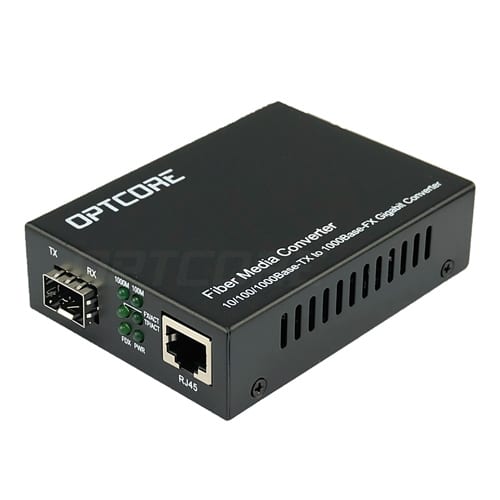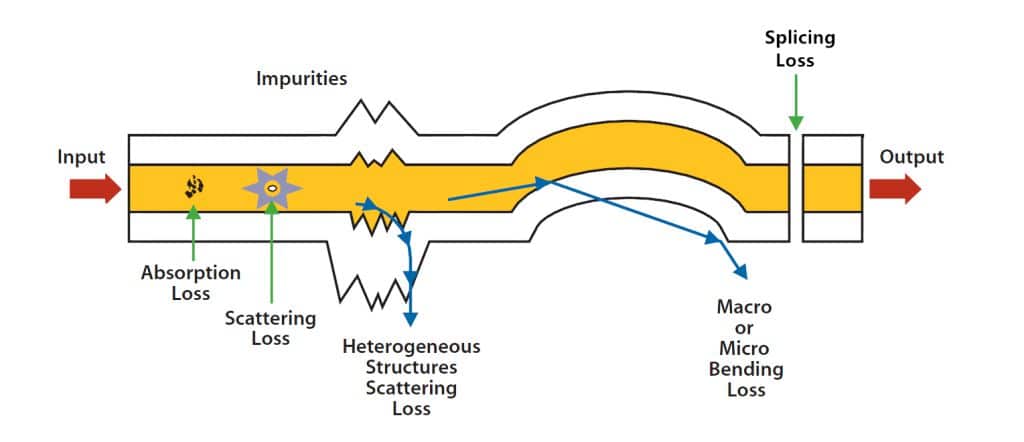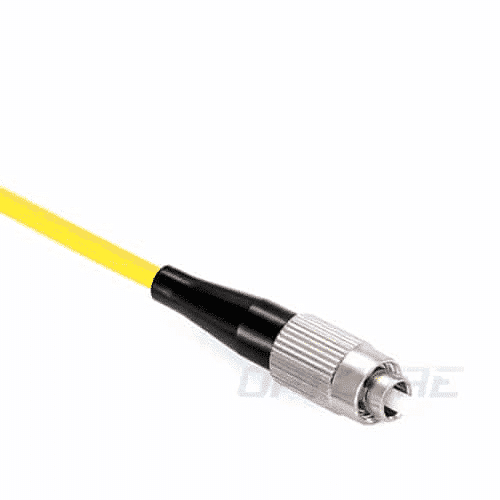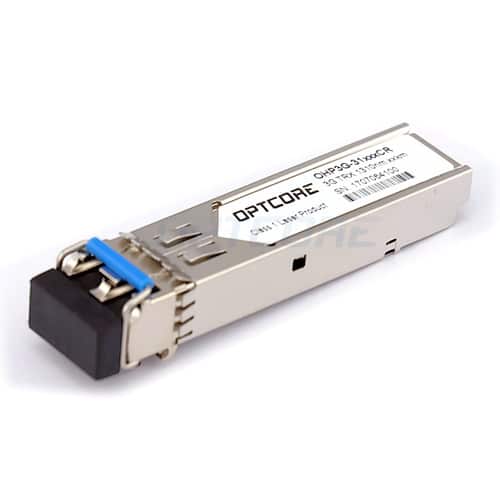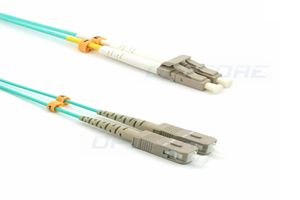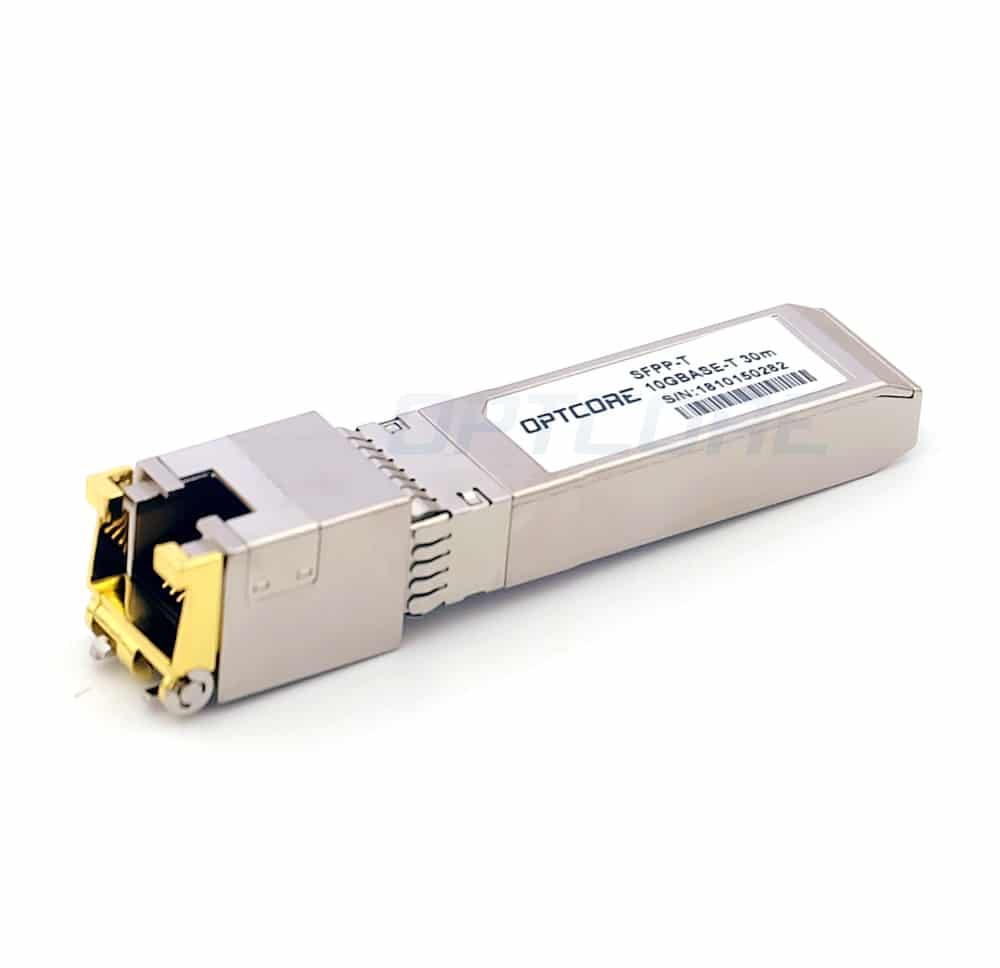
Common network cable production!
Tools:
wire cutters (for connecting crystal heads) (required)
crystal head connection:
The color code and arrangement method of twisted pair is strictly regulated by international standards, and are now commonly used.
It is TIA/EIA568B. The following sequence should be used when wiring: (TIA/EIA568B)
1-> Orange White
2 -> Orange
3 -> Green White
4 -> Blue
5 -> Blue and White
6 -> Green
7 -> Brown White
8 -> Brown
, and using a one-to-one connection between the cables, a set of signals (negative voltage signals) will pass.
The two core wires that are not twisted together are transmitted, causing great near-end crosstalk
(NEXT-> Near-end-crosstalk), so they should be wired according to international standards!!
A local area network is a separate microcomputer or terminal that is connected to each other by communication lines and follows a certain protocol.
Exchange information and achieve resource sharing. Among them, communication lines,
that is, transmission media commonly used are twisted pair, coaxial cable, optical fiber, and the like. Starting from cost performance and maintainability,
Most local area networks use UTP-Unshielded
Twisted Pairs as the transmission medium for wiring.
The network cable consists of a twisted pair of long distances and a TransceiversRJ45 head. Twisted pair is divided into 4 pairs by 8 different color lines
Stranded together, the role of twisting into a team is to minimize the impact of electromagnetic radiation and external electromagnetic interference, twisted pair
It can be divided into a shielded twisted pair (STP) and unshielded twisted pair according to whether it is added with the shielding layer of metal mesh sleeve.
(UTP).
In the EIA/TIA-568A standard, twisted pairs are distinguished by electrical characteristics: Category 3, Category 4, and Category 5 lines. The internet
The most commonly used are the three types of lines and the five types of lines. Currently, there are more than six types of lines.
The third type of twisted pair cable is commonly used as data and voice transmission for 10Mbps Ethernet in LAN, in accordance with IEEE802.3
10Base-T standard. The fifth type of twisted pair currently occupies the largest LAN market, with a
maximum speed of 100Mbps, which is compliant with the IEEE802.3 100Base-T standard. Do a good network cable to RJ45Transceivers
The crystal head is connected to the RJ45 socket of the network device such as the network card or HUB. Correspondingly, the
The RJ45 connector is also classified into three or five types of electrical characteristics. RJ45 crystal head is made of sheet metal and plastic, especially
Need to pay attention to the pin serial number, when the metal piece faces us, the serial number from the left and right pins is 1-8,
It is very important when you are connected, you can’t make a mistake. The maximum transmission distance of the twisted pair is 100 meters.
Two twisted pair wire sequences 568A and 568B are specified in the EIA/TIA cabling standard.
Standard 568A: orange-white–1, orange–2, green-white–3, blue–4, blue-white–5, green–6, brown-white–7, brown–8;
standard 568B: Green-white–1, green–2, orange-white–3, blue–4, blue-white–5, orange–6, brown-white–7, brown–8.
Apply a wiring method throughout the network cabling, but the network connection of the RJ-45 plug at both ends is
Whether to use termination mode A. or termination mode B. is common in the network.
The order of the twisted pairs corresponds to the pin number of the RJ45 head. 10M Ethernet network cable uses 1, 2, 3, 6 number
The core wire transfers data and the 100M Ethernet network cable uses 4, 5, 7, and 8
numbered core wires to transmit data. Why do you now use 4 pairs (8-core) twisted pair? This is mainly to adapt to more
The scope of use can meet the wiring requirements of a wide range of user equipment without changing the infrastructure.
For example, we can use one of the twisted wires to achieve voice communication at the same time.
The provisions of the 100BASE-T4 RJ-45 pair twisted pair are as follows:
1, 2 for transmission, 3, 6 for the reception, 4, 5, 7, 8 are bidirectional lines.
Lines 1 and 2 must be twisted, 3, 6 twisted, 4, 5 twisted, 7 and 8 twisted.
Disclaimer: All information indicated as other sources is transferred from other platforms, the purpose is to convey more information, does not represent the views and positions of this site. Please contact us if there is any infringement or objection.
